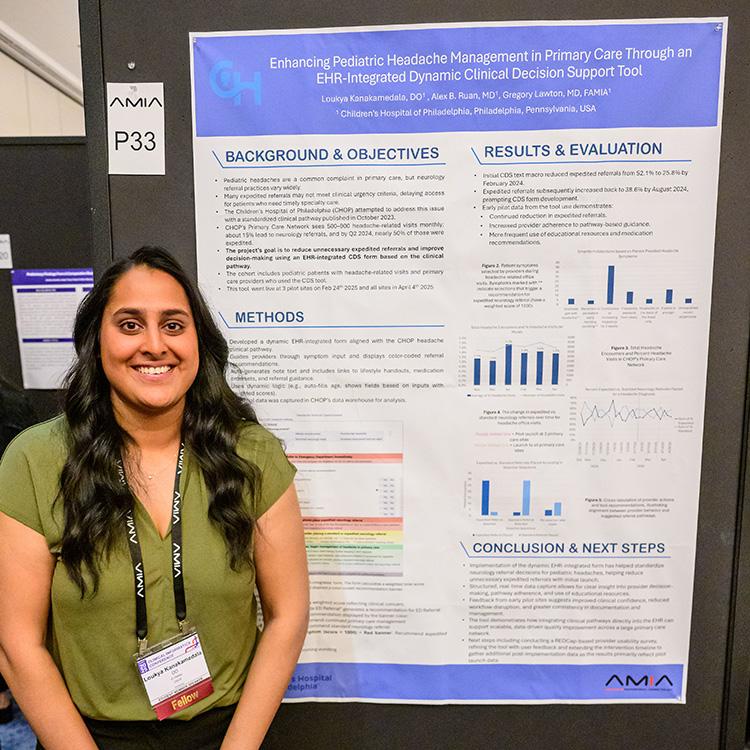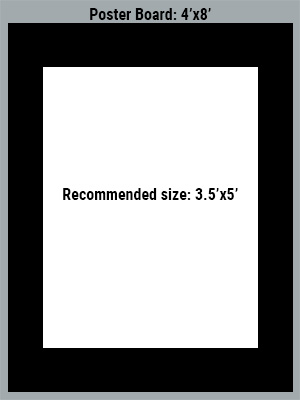Purpose of a Poster Presentation
- Acquaint conference participants with the fundamentals of your program, project or study quickly and easily.
- Use text, graphs, tables, charts, and pictures to present only highlights.
- Catch your viewer’s attention.
- Make the viewer want to learn more about your program, project or study.
Designing an Effective Poster
- Include the abstract title and all authors at the top.
- Keep any text brief.
- Do not use all capital letters.
- Use graphics (charts, tables, pictures) that can be understood in one minute or less.
- Ideas should flow from panel to panel logically.
- Assume the viewer will be reading your poster from approximately 3 feet away.
- Describe all parts of the project/study, including why the outcome did or did not work as expected.
- Background
- Objectives
- Research Design/Program Description
- Results/Evaluation
- Conclusion(s)
- Future Plans
- The viewer should gain new knowledge or insight by visiting your poster.
- Consider providing a handout summarizing your research and include your contact information or be sure to have your business cards available for those who request your contact information.
Poster Hall Etiquette
- Hang your poster during the assigned poster hanging times.
- Stand by your poster for the duration of the poster session.
- If you are comfortable doing so, bring handouts with contact information and/or business cards.
- Remove your poster at the end of the poster session.
Poster Hanging/Removal Times
To ensure that all posters are hung in time for the opening of each Poster Session and not discarded afterward, AMIA asks that all presenters adhere to the poster hanging and removal times for each meeting.
All posters left after the removal period will be discarded.

